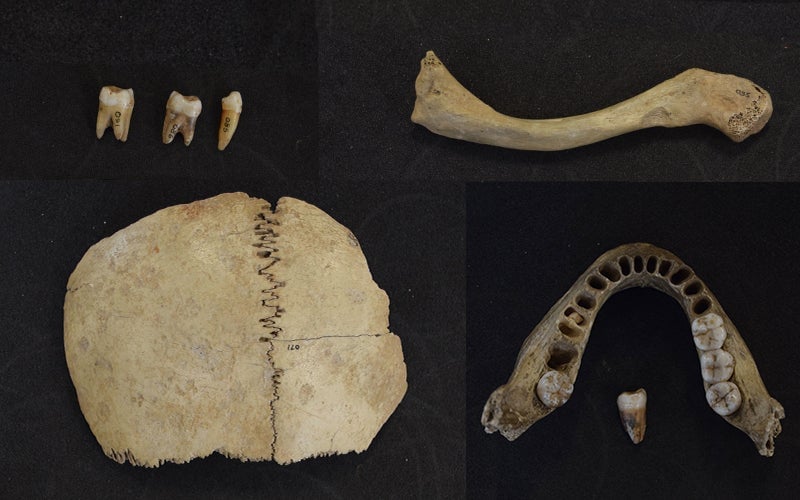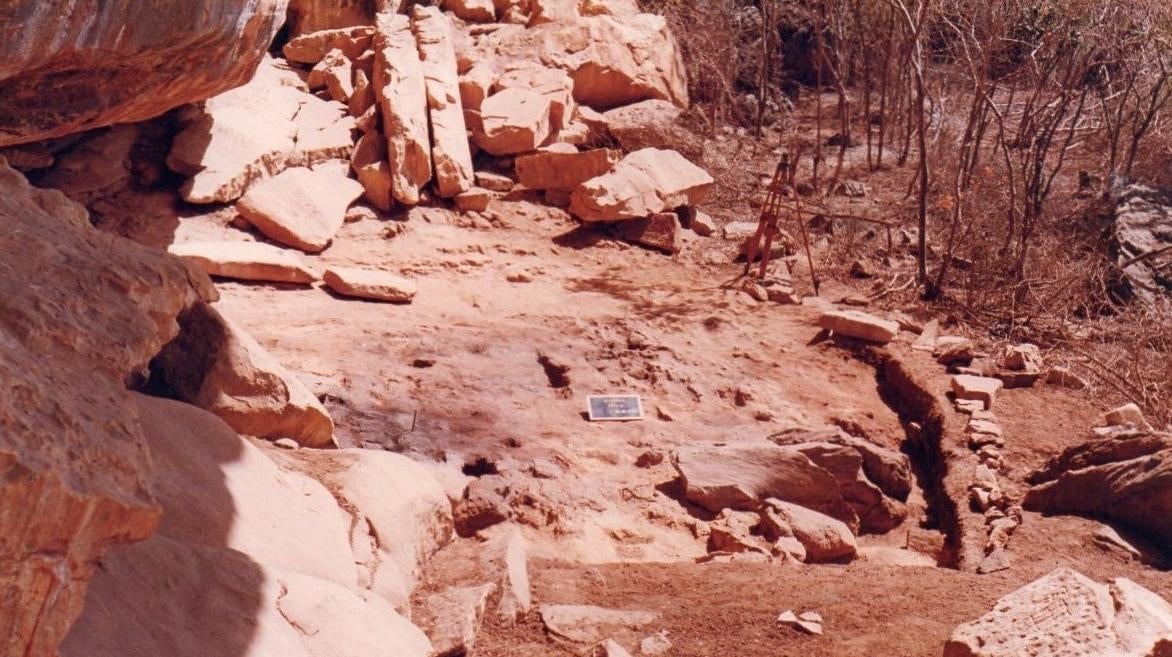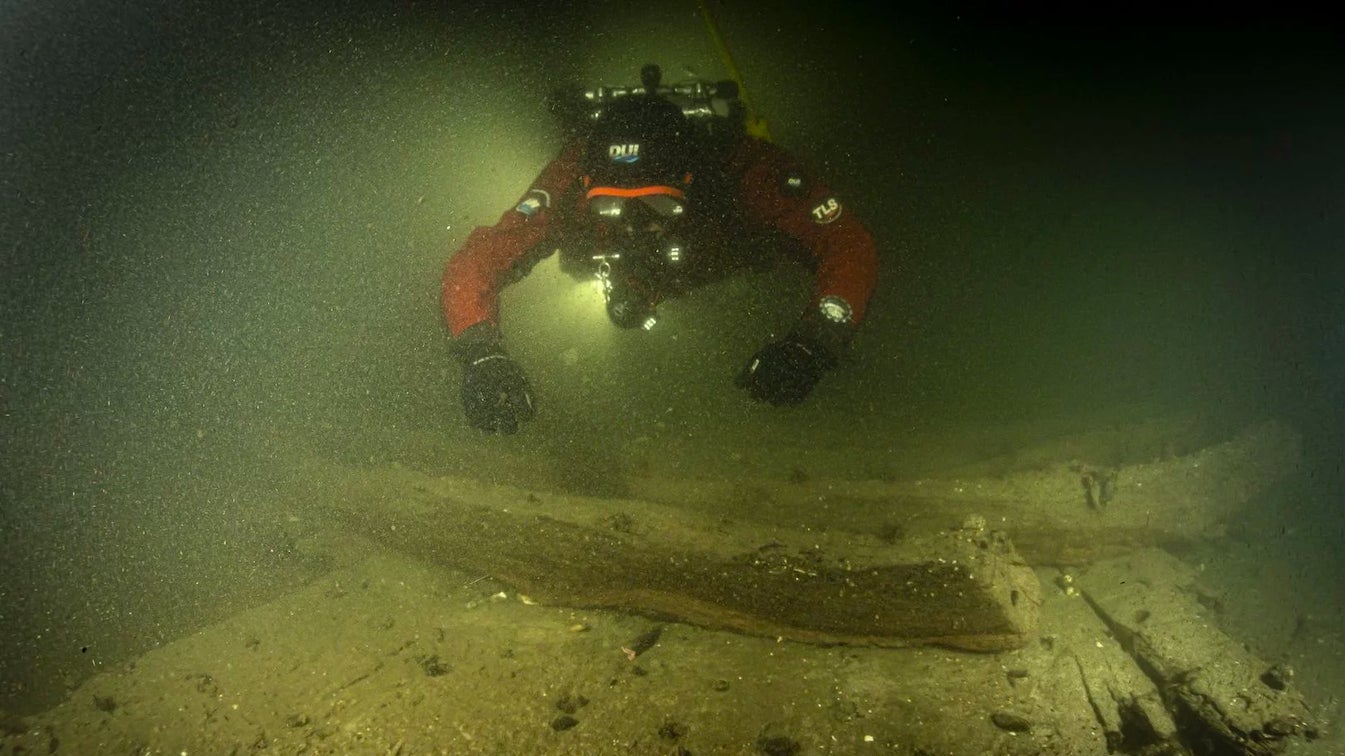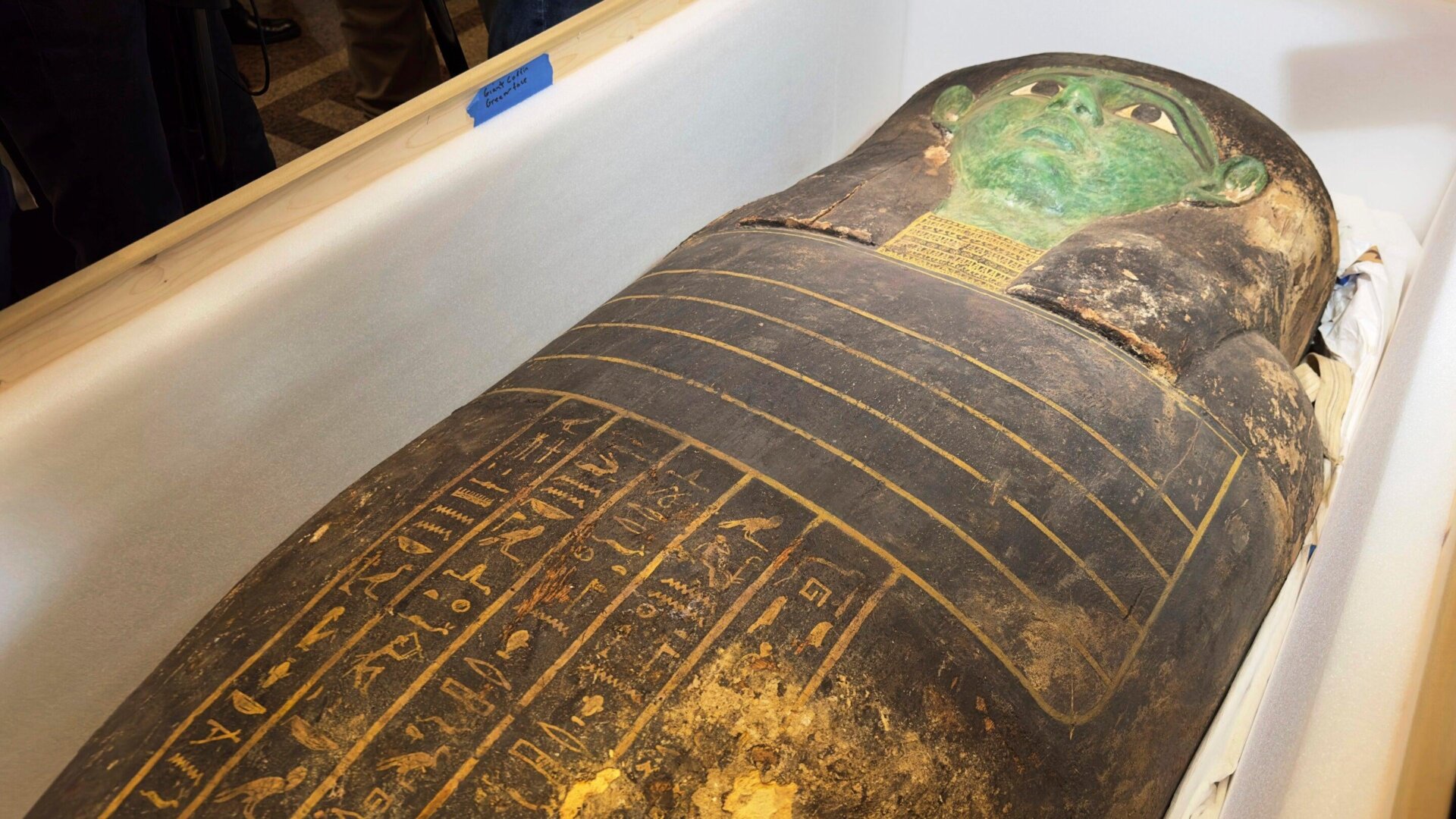Ancient DNA extracted from remains found in caves across England and Wales has shed light on the earliest inhabitants of the British Isles. This DNA, some of the oldest ever sequenced in the UK, reveals the presence of two distinct groups who migrated to the region at the close of the last ice age.
This groundbreaking discovery paints a vibrant picture of a dynamic Paleolithic Europe, with populations in constant flux. The two ancestral groups, arriving within just a millennium of each other, add to the growing complexity of Britain’s early history, according to Mateja Hajdinjak, an ancient DNA specialist at the Francis Crick Institute. This research is published in Nature Ecology & Evolution.
Two Caves, Two Histories
The research focuses on DNA extracted from two individuals found in caves located in Somerset, England, and Wales. The remains from Gough’s Cave in Somerset are approximately 15,000 years old, while those from Kendrick’s Cave in Wales date back to around 13,500 years ago. At this time, Britain was still connected to continental Europe by Doggerland, a land bridge that was later submerged by rising sea levels as the ice age ended.
Tracing Ancestral Origins
Both sets of remains belong to the late Pleistocene epoch, a period marked by the presence of Neanderthals and woolly mammoths. DNA sequencing and comparison with previously analyzed samples from West Eurasia and North Africa helped researchers trace the origins of these ancient Britons. The Gough’s Cave individual’s ancestors migrated from northwestern Europe around 16,000 years ago. Meanwhile, the Kendrick’s Cave individual appears to be descended from a western hunter-gatherer group with near Eastern origins, arriving in Britain approximately 14,000 years ago.
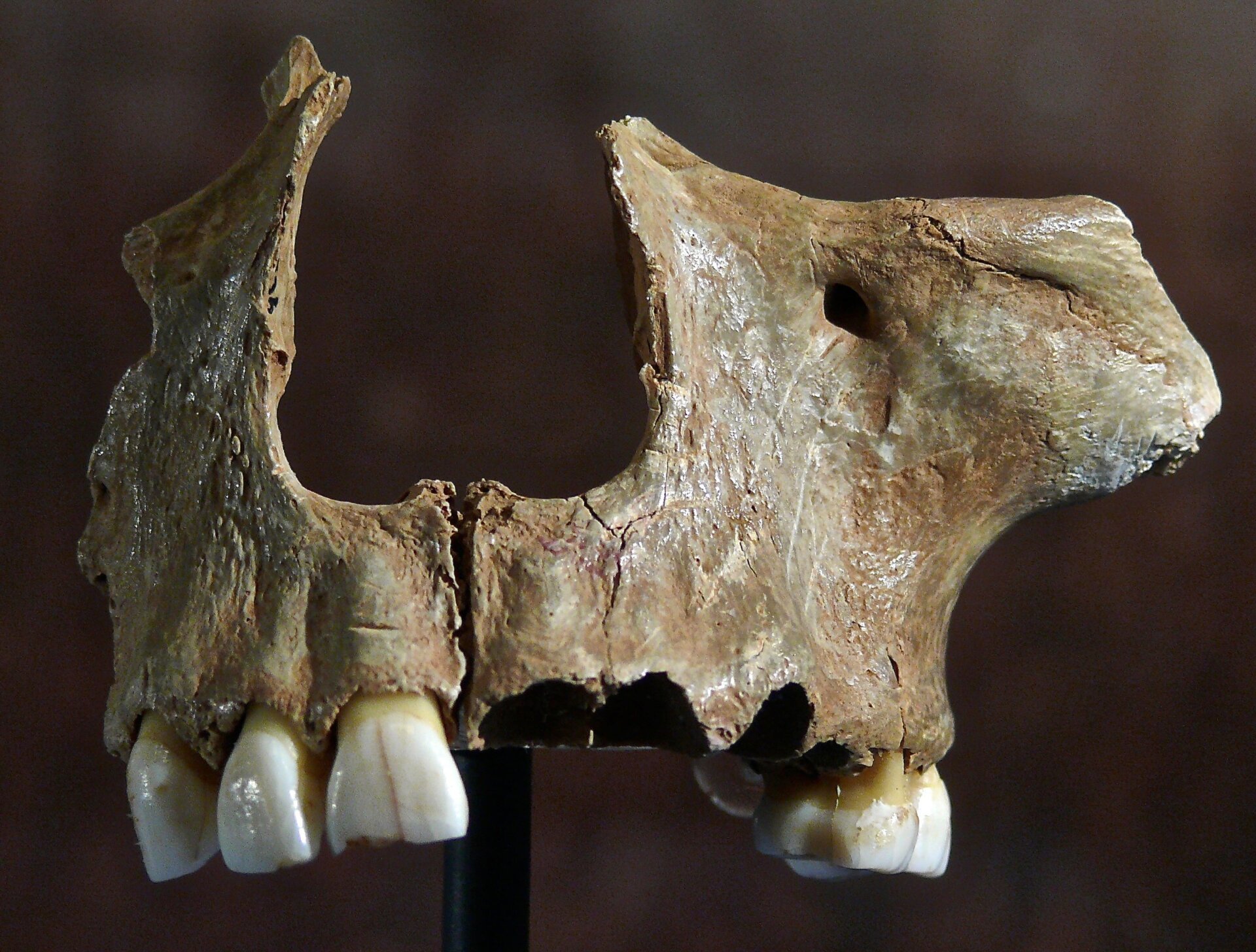 An ancient facial fragment from Gough’s Cave in Somerset.Gough’s Cave facial fragment reveals clues about early Britons. Photo: Wikimedia Commons
An ancient facial fragment from Gough’s Cave in Somerset.Gough’s Cave facial fragment reveals clues about early Britons. Photo: Wikimedia Commons
Dietary Differences and Cultural Practices
Beyond DNA analysis, chemical studies of other bones and teeth from the sites reveal dietary differences between the two groups. The inhabitants of Kendrick’s Cave likely consumed marine and freshwater foods, while those in Gough’s Cave primarily subsisted on terrestrial mammals such as aurochs and red deer. The caves also offer insights into contrasting cultural practices. Kendrick’s Cave, with its decorated animal bones and lack of bones showing signs of consumption, appears to have been primarily a burial site. Conversely, the presence of chewed bones and skulls fashioned into cups in Gough’s Cave suggests ritualistic cannibalism among its inhabitants.
Unraveling Britain’s Ancient Past
This new research builds upon previous studies, including the analysis of Cheddar Man, a 10,000-year-old skeleton also discovered in Gough’s Cave. While scientists knew western hunter-gatherers were present in Britain by 10,500 years ago, the timing of their arrival and whether other populations coexisted remained a mystery. The discovery of these two distinct ancestral groups provides crucial clues to understanding the peopling of Britain and the complex interplay between these early communities.
Cheddar Man facial reconstructionCheddar Man’s facial reconstruction offers insight into Mesolithic Britain. Photo: Natural History Museum
Continuing the Exploration
While much remains unknown about the earliest inhabitants of Britain and their interactions, this research illuminates the origins of two pioneering groups. Further investigation promises to deepen our understanding of this pivotal period in British prehistory.



